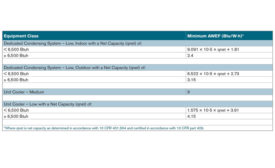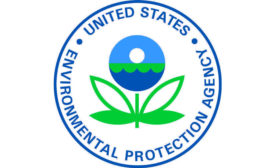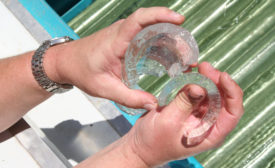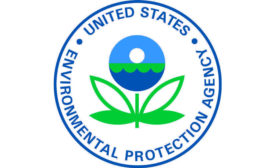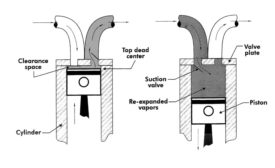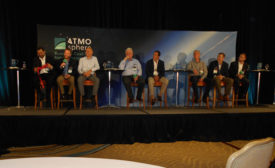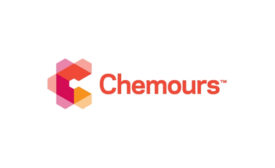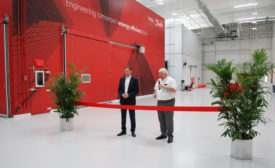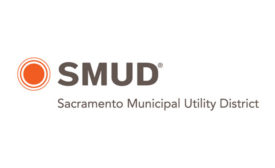Refrigeration
Practice patience and examine the pattern of the icing before acting
Read More
US DOE Finalizes WICF Regulations
Ruling closes a three-year process drenched in litigation
Read More
Court Ruling Halts EPA’s HFC Phasedown
Appeals court concludes Section 612 authority is limited to ozone-depleting substances
Read More
Thermal Energy Storage a Budding HVAC Option
The market’s set to grow from $3.67B in 2017 to $6.20B by 2022
Read More
EPA Delays RMP Amendments Until 2019
Existing Risk Management Program will remain in effect as recent amendments are reviewed
Read More
How System Pressures Affect Compressor Capacity
Calculate compression ratio and determine what it means
Read More
Promoting a Positive ATMOsphere
Despite withdrawal from Paris agreement, mood upbeat at natural refrigerants conference
Read More
Chemours Announces SNAP Approval for Opteon XP44 (R-452A)
In addition, XP40 (R-449A) and XP10 (R-513A) receive expanded use approvals
August 2, 2017
Flammable Refrigerant Testing Among Capabilities at New Center
Danfoss launches latest Application Development Center in Florida
August 2, 2017
SMUD Launches Incentive Program for Natural Refrigerants
Incentives up to $150,000 available for businesses choosing ammonia, CO2, or HCs
August 2, 2017
Copyright ©2024. All Rights Reserved BNP Media.
Design, CMS, Hosting & Web Development :: ePublishing


